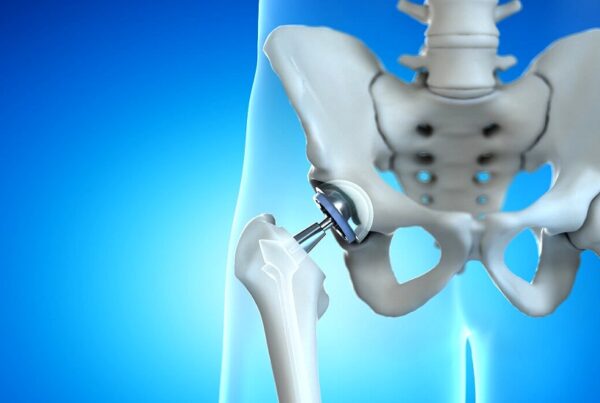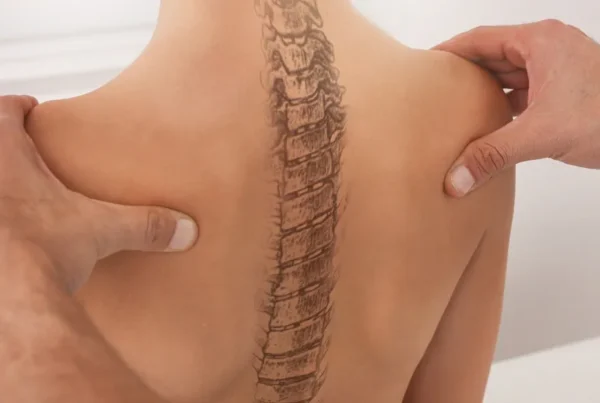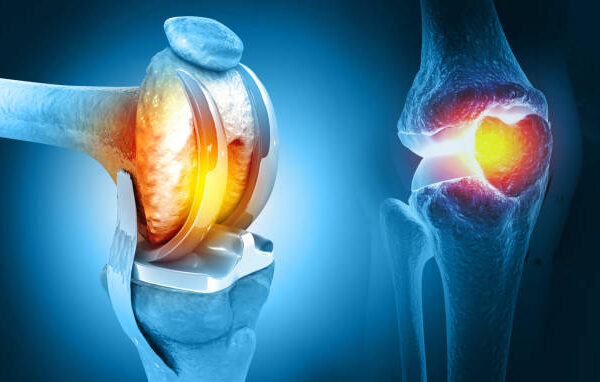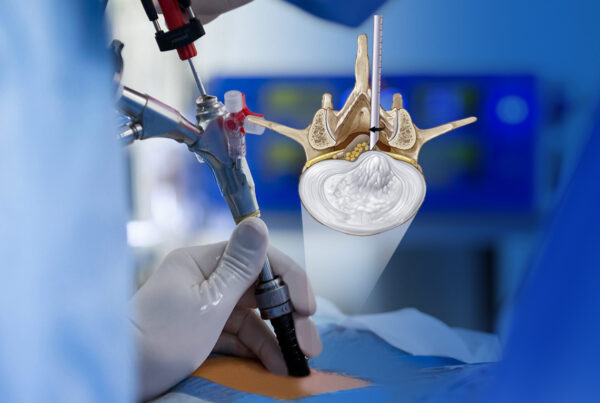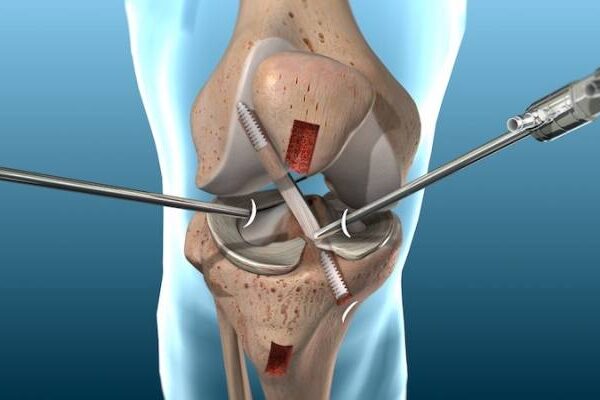Home » Hallux Valgus (Bunion) and Cinderella Foot Surgery

GET OFFER
Hallux Valgus, commonly known as a bunion, is a bony bump that forms on the joint at the base of the big toe. It occurs when the big toe deviates toward the other toes, causing joint misalignment and discomfort. Cinderella foot surgery is a cosmetic and functional procedure aimed at reshaping or resizing the feet, often including bunion correction. Below is an in-depth explanation of these conditions, their treatments, and surgical approaches, followed by a Q&A section.
Hallux Valgus (Bunion)
Causes and Risk Factors
- Genetics: A family history of bunions increases susceptibility.
- Footwear: Tight, narrow, or high-heeled shoes exacerbate bunions.
- Foot Structure: Flat feet, low arches, or abnormal foot mechanics contribute to misalignment.
- Medical Conditions: Arthritis or other inflammatory joint conditions can worsen bunions.
Symptoms
- A visible bump on the side of the foot at the base of the big toe.
- Pain or tenderness, especially while wearing tight shoes.
- Swelling and redness around the joint.
- Restricted movement of the big toe.
Non-Surgical Treatments
- Footwear Adjustments:
- Choose wide-toe box shoes to alleviate pressure.
- Use padding or orthotic inserts for support.
- Medications:
- Over-the-counter pain relievers and anti-inflammatories to manage discomfort.
- Physical Therapy:
- Toe stretches and exercises to strengthen surrounding muscles and improve alignment.
- Night Splints:
- Devices to hold the toe in a straightened position during sleep.
Surgical Options
When conservative measures fail, surgery may be recommended. The goal is to realign the toe, remove the bunion, and restore normal function.
- Bunionectomy:
- Removal of the bony bump and soft tissue correction.
- Osteotomy:
- Cutting and realigning the bone to correct the angle of the big toe.
- Arthrodesis:
- Joint fusion for severe deformities or arthritic damage.
- Minimally Invasive Surgery (MIS):
- Smaller incisions, reduced recovery time, and less scarring.
Cinderella Foot Surgery
Cinderella foot surgery is a cosmetic and functional procedure often performed to address aesthetic concerns or discomfort caused by foot abnormalities. It may include:
- Bunion correction (Hallux Valgus surgery).
- Shortening or lengthening of toes.
- Narrowing or reshaping the foot for a more slender appearance.
Indications
- Persistent pain due to foot abnormalities.
- Difficulty finding properly fitting footwear.
- Cosmetic concerns about foot appearance.
Techniques
- Toe Reshaping or Realignment:
- Corrects long or overlapping toes.
- Metatarsal Surgery:
- Reshapes or adjusts bones in the foot for a slimmer profile.
- Combined Procedures:
- Includes bunionectomy and toe corrections for comprehensive results.
Recovery
- Recovery times vary, ranging from 6–12 weeks for most procedures.
- Patients may need to wear a surgical shoe or boot and avoid weight-bearing activities initially.
Recovery and Rehabilitation
- Post-Surgery Care:
- Elevate the foot to reduce swelling.
- Use prescribed pain medications and anti-inflammatories.
- Keep incisions clean to prevent infection.
- Physical Therapy:
- Gradual reintroduction of movement and weight-bearing activities.
- Long-Term Care:
- Continued use of supportive footwear and custom orthotics as needed.
Risks and Complications
- Infection at the surgical site.
- Nerve damage or reduced sensation.
- Recurrence of the bunion or deformity.
- Scarring or dissatisfaction with cosmetic results (for Cinderella surgery).
- Delayed healing in cases of poor blood circulation or smoking.
20 Questions & Answers on Hallux Valgus and Cinderella Foot Surgery
1. What is Hallux Valgus?
It is a deformity where the big toe deviates toward the smaller toes, forming a bony bump at the base.
2. What causes bunions?
Genetics, footwear choices, and underlying foot structure issues contribute to bunion formation.
3. Can bunions go away without surgery?
No, but conservative treatments can manage symptoms and slow progression.
4. What are the non-surgical options for bunions?
Footwear changes, orthotics, pain relief medications, and physical therapy.
5. When is surgery recommended for bunions?
When pain is severe or conservative measures fail to provide relief.
6. What is Cinderella foot surgery?
A cosmetic procedure to reshape or resize the foot, often combined with bunion correction.
7. Is Cinderella surgery only cosmetic?
No, it can address functional issues like pain or discomfort caused by foot abnormalities.
8. How long does bunion surgery take?
The procedure usually lasts 1–2 hours.
9. What is minimally invasive bunion surgery?
A technique involving smaller incisions for less pain and faster recovery.
10. How long does recovery from bunion surgery take?
6–8 weeks for most activities, but full recovery may take 3–6 months.
11. Are there risks associated with bunion surgery?
Yes, risks include infection, nerve damage, recurrence, and improper healing.
12. What kind of anesthesia is used for bunion surgery?
Local or general anesthesia, depending on the procedure and patient preference.
13. Will I need physical therapy after bunion surgery?
Yes, to restore mobility, strength, and proper gait.
14. Can bunions return after surgery?
Yes, especially if the underlying causes (e.g., improper footwear) are not addressed.
15. Is Cinderella foot surgery painful?
Postoperative pain is common but managed with medications and proper care.
16. Can I wear high heels after bunion surgery?
High heels should be avoided for several months and used sparingly thereafter.
17. How can I prevent bunions?
Wear well-fitting shoes, avoid high heels, and address foot abnormalities early.
18. What is an osteotomy in bunion surgery?
It involves cutting and realigning the bone to correct the toe’s position.
19. Who is a good candidate for Cinderella foot surgery?
Individuals with functional or cosmetic concerns about their feet.
20. How much does Cinderella foot surgery change foot size?
Results vary but typically involve subtle reshaping rather than dramatic size reduction.





